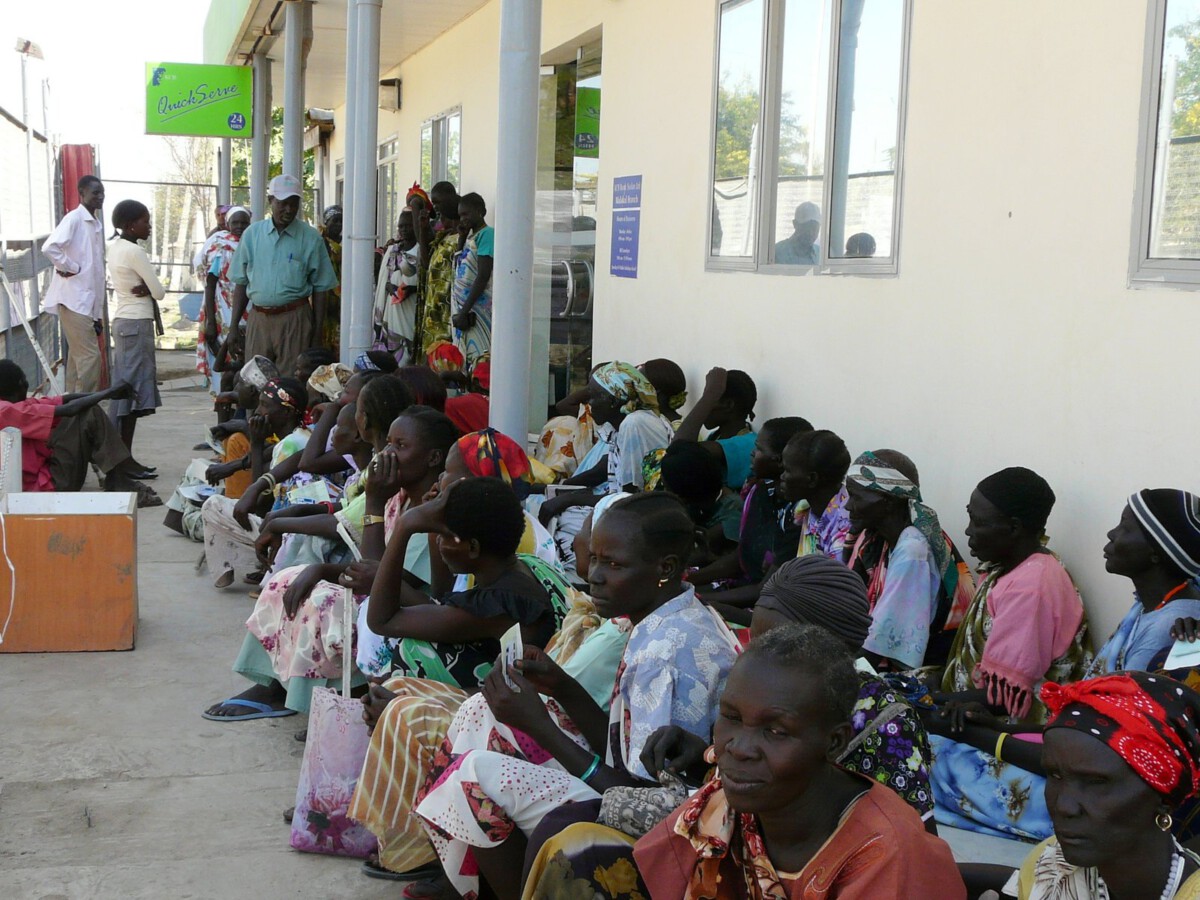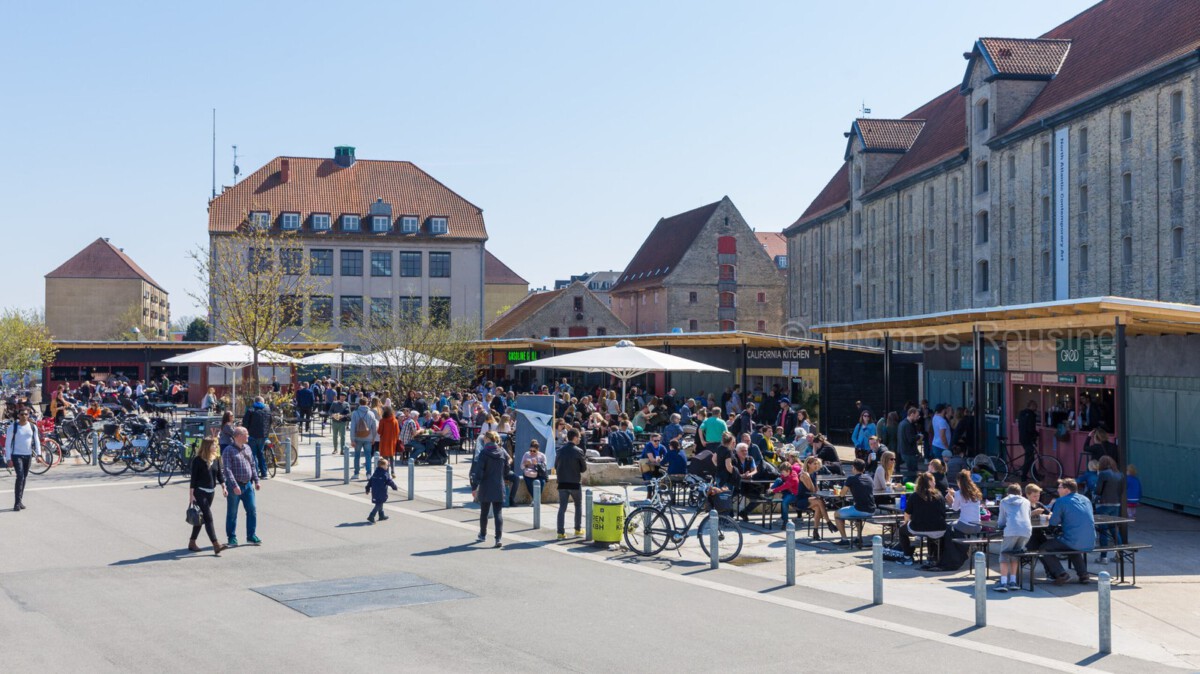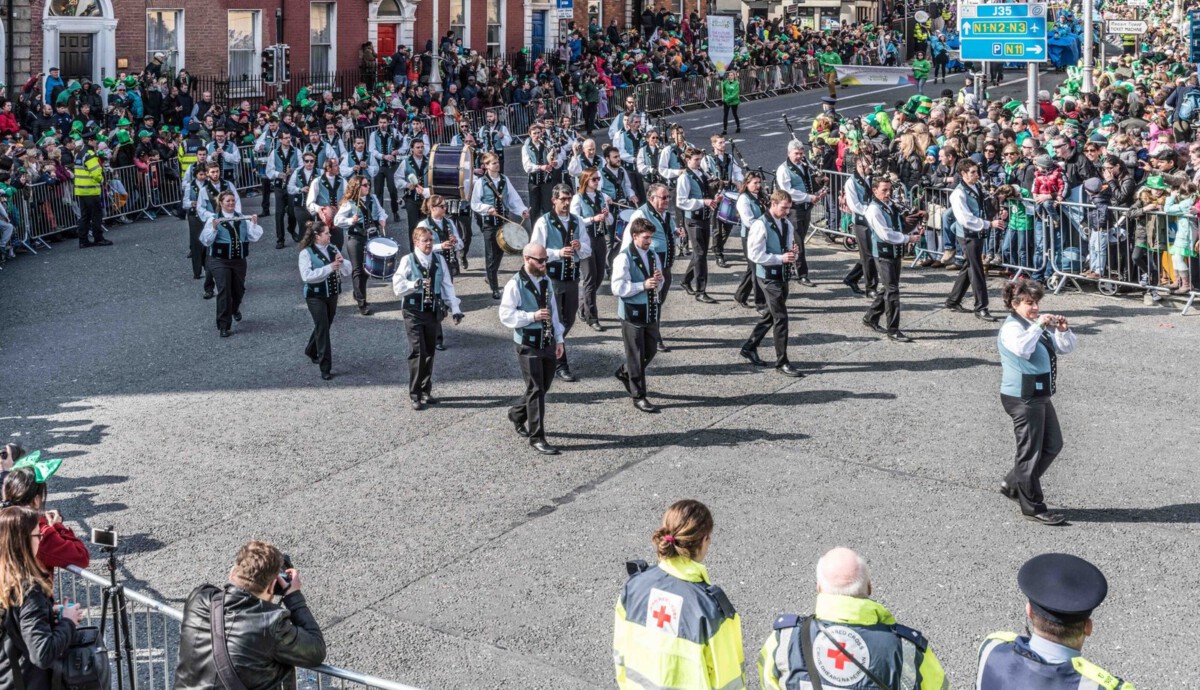A Fresh Wound in Camden (image credits: Unsplash)
London – Amid the bustling streets where autumn leaves scatter underfoot, another life was cut short in a sudden act of violence.
A Fresh Wound in Camden
Just weeks ago, on September 27, a 44-year-old local named Shaun Latimer-Kayser became the latest name etched into London’s grim ledger. Found with stab wounds in broad daylight on a Camden street, he fought for his life in hospital but didn’t make it. This incident, unfolding in the heart of northwest London, has left neighbors reeling and police scrambling for answers.
A 35-year-old man now faces murder charges, arrested swiftly after the attack. It’s a stark reminder that even in familiar neighborhoods, danger can strike without warning. Camden, known for its vibrant markets and cultural spots, now grapples with this shadow over its community.
Investigators are piecing together the events, but early reports point to a random altercation escalating fatally. Such cases often spark urgent calls for better street safety measures.
Tracking the Year’s Toll
While exact figures evolve daily, 2025 has already seen a dip in overall homicides compared to peak years like 2017, yet the impact feels no less heavy. Official counts from the Metropolitan Police hover around levels that demand attention, with stabbings remaining a persistent threat. Sites like Murder Map chronicle these losses meticulously, offering a window into the human stories behind the stats.
From January through early October, the capital has recorded multiple cases, each one a thread in a larger tapestry of urban challenges. Unlike the spikes of past years, this year’s pattern shows a more scattered distribution across boroughs. Still, the emotional weight accumulates, affecting families and friends far beyond the headlines.
Common Threads in the Violence
Stabbings dominate the narrative in 2025, much like before, often linked to personal disputes or street-level conflicts. In Camden’s case, the weapon of choice was a knife, a tool that’s tragically easy to obtain and conceal. Broader data reveals that young men are disproportionately affected, though victims like Latimer-Kayser break that mold, highlighting the unpredictability.
Geographically, northwest and east London boroughs report higher incidences, but no area is immune. Factors like economic strain and limited youth services weave into these incidents, turning minor tensions into tragedies. Police efforts focus on knife crime initiatives, yet the persistence suggests deeper societal fixes are needed.
Voices from the Victims’ Circles
Families of those lost often speak of ordinary people caught in extraordinary circumstances. For Latimer-Kayser, tributes poured in from locals who remembered him as a steady presence in Camden. These stories humanize the numbers, showing lives full of routine joys interrupted by senseless acts.
Community vigils and online memorials have sprung up, fostering solidarity amid grief. One recurring theme is the call for mental health support, as underlying issues like isolation or anger fuel some attacks. It’s a poignant reminder that behind every statistic is a network of people forever changed.
Borough Breakdown: Where It Hits Hardest
To visualize the spread, consider this snapshot of affected areas in 2025:
| Borough | Notable Incidents | Key Details |
|---|---|---|
| Camden | Stabbing of 44-year-old man | September 27; murder charge filed |
| Other Northwest | Multiple cases | Focus on street-level violence |
| East London | Ongoing investigations | Youth-related homicides prominent |
This table underscores how violence dots the map unevenly, with Camden’s recent event amplifying local concerns. Each borough’s response varies, from increased patrols to community forums. Understanding these hotspots helps tailor prevention strategies effectively.
Moving Forward: Steps Toward Safety
As 2025 progresses, initiatives like expanded stop-and-search and youth engagement programs aim to curb the tide. Partnerships between police and locals emphasize early intervention over reaction. Yet, experts argue for addressing root causes, such as poverty and access to weapons, to truly turn the corner.
Success stories from past years, where targeted efforts reduced knife crimes, offer hope. It’s about building resilience in communities, one conversation at a time. The goal remains clear: fewer names added to the list.
In the end, each homicide in 2025 serves as a call to reflect on the fragility of city life and the power of collective action. What small changes could make London’s streets safer for everyone?
Key Takeaways
- Homicides in 2025 show a downward trend but still demand vigilance, especially against stabbings.
- Recent Camden case highlights the need for community-focused prevention.
- Tracking victims’ stories fosters empathy and drives meaningful reforms.







